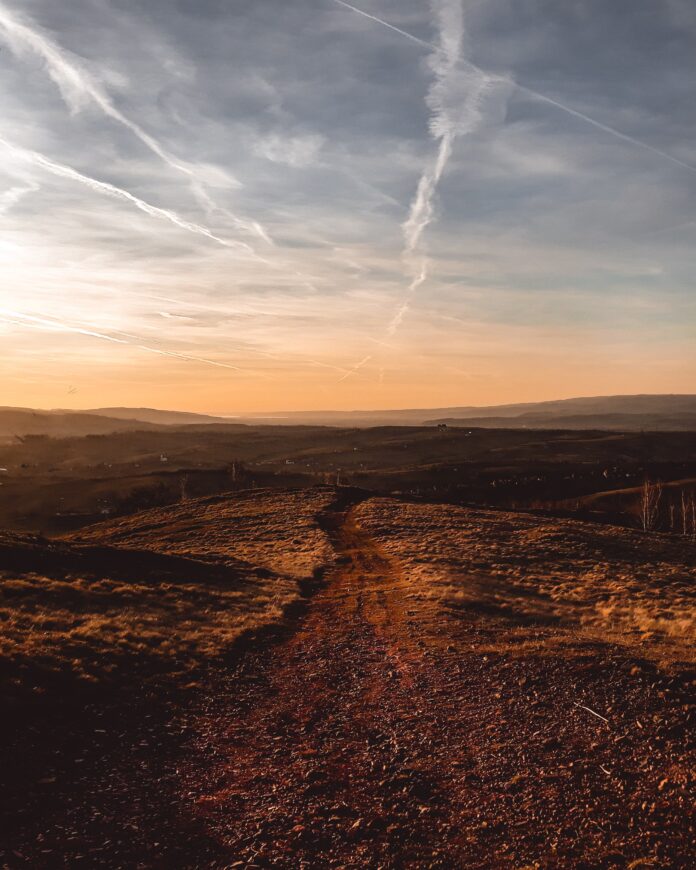
With the phrase “heat dome” entering our vocabulary and more than 2,300 heat records smashed so far this summer, extreme temperatures are endangering our lives. And for farmers, the scorching hot, dry weather also threatens their livelihoods.
According to the United States Drought Monitor, 22.57% of the United States and Puerto Rico are currently experiencing drought. And, as of July 2023, 40 states were in some level of drought, ranging from “abnormally dry” to “exceptional drought.”
It’s no wonder that in 2022, 75% of farmers in the United States said drought impacted their harvest. As climate change worsens, it’s getting tougher for Black farmers, who are only 1% of all farmers in the United States — and were rejected for USDA loans more than any other demographic — to protect their crops, livestock, and livelihoods.
A Struggle for Water
PJ Haynie, a fifth-generation farmer based in Reedville, Virginia, says drought has a greater impact on Black farmers.
“It hits Black farmers even harder because we do not have as many irrigated acres as our white neighbors,” he says.
Haynie is one of the founding board members of the nonprofit National Black Growers Council, and his family co-owns Arkansas River Rice Mill, the first and only Black-owned food-grade certified rice mill in the United States. He says he has taken extra measures to protect his crops from the impacts of drought.
“We are irrigating where we can to help with crop production,” Haynie says. “Where we cannot irrigate, we are using practices like cover crops and not till farming practices to help retain and conserve as much moisture in the soil as possible.”
Dealing With Drought in the Golden State
California, the state that produces almost half of the nation’s fruits and vegetables, made headlines this past winter for its torrential rainstorms and record snow accumulation. But the deluge of precipitation followed the “driest three years on record,” which brought “devastating drought impacts to communities across the state,” according to the California Department of Water Resources.
For Black farmers in California like Sam Cobbs, drought can lead to spending more money on upkeep. Cobbs started growing dates in 2002 and has his own date farm in Desert Hot Springs, about 100 miles east of Los Angeles. It’s naturally hot and dry in the area, with an average rainfall of just 6.6 inches annually. But in 2022, the area received a mere 1.37 inches of rain. The year prior? 1.18 inches.
When water is farther down, it is more expensive to pump out.
SAM COBBS
To keep his crops from dying, Cobbs says his farm uses “irrigation water management techniques that are designed to monitor soil moisture and its dryness for proper plant root health.
During the dry summer months, it’s common for California farmers to pump water from underground aquifers. However, Cobbs says that’s been more difficult during the state’s drought years because the groundwater level drops so much — and that impacts his bottom line.
“When water is farther down, it is more expensive to pump out,” he says.
Bone Dry in the Nation’s Breadbasket
According to the United States Drought Monitor, drought is currently the most extreme in the Midwest, with nearly 60% of states in the region in drought. That’s why Black farmers like Cleveland, Ohio, resident Jennifer Lumpkin are struggling to stay afloat.
“The recent three-week drought in Ohio was felt by growers like myself who water crops naturally. I become more aware and in tune to the real change in climate,” says Lumpkin, the lead grower and founder of My Grow Connect, an organization that connects growers with sustainability practitioners.
We’ve learned to keep our hands in the soil and ourselves in community
JENNIFER LUMPKIN
As part of My Grow Connect, Lumpkin grows crops on shared land on the east side of Cleveland. She says she’s made major changes to survive the drought.
“I grow crops that are drought resistant. I have shifted my focus to certain resilient crops as a commodity,” Lumpkin says. “I had to hire help to water and maintain my crops, which was predicated on training and educating the support staff. This requires time, knowledge, resources, and capital.”
Lumpkin, who also has a full-time job that helps her sustain her land during drought, believes Black farmers are “collectively adjusting by applying much of the challenges [they] see in communities to the challenges in our environment.” However, it takes time and money to continue caring for at-risk crops due to the effects of climate change.
“If you do not have an automated watering system, you spend more time watering and maintaining crops,” she says. “You are using more water and capital to pay for both manpower and resources as dry weather and heat usually make these things cost more under these extreme weather and climate conditions.”
Lumpkin says with the right practices and substantial capital, some Black farmers will be able to maintain their land through the drought — and she believes Black farmers “are doing the work of connecting challenges with solutions.”
“We’ve learned to keep our hands in the soil and ourselves in community,” she says.



